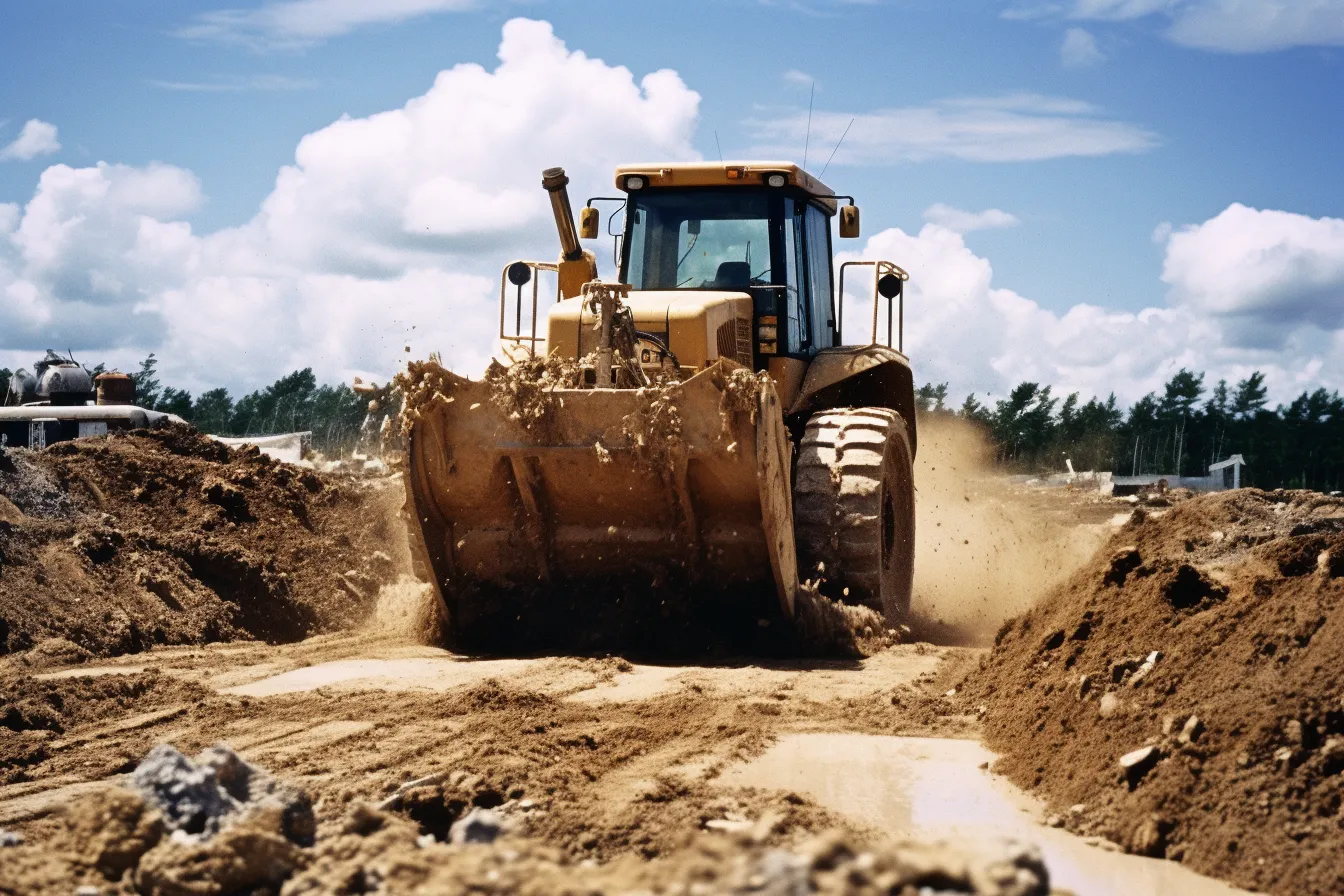Understanding Equipment Depreciation
Welcome to our in-depth guide on equipment depreciation and how the value of equipment changes over time. Whether you’re a business owner, an accountant, or simply curious about the topic, this article will provide you with valuable insights into this essential aspect of equipment management. We’ll explore the concept of depreciation, factors affecting equipment value, different depreciation methods, and the importance of managing equipment depreciation effectively. So, let’s dive in and learn more about this crucial aspect of assets!
What is Equipment Depreciation?
At its core, equipment depreciation refers to the gradual decrease in the value of an asset over time. Depreciation is a natural and inevitable process that occurs due to several factors such as wear and tear, age, technological advancements, and market demand. Understanding how equipment depreciates is vital for businesses to accurately represent the true value of their assets and make informed decisions regarding replacement, repairs, and financial reporting.
Factors Affecting Equipment Value
The value of equipment can be influenced by various factors, including:
- Usage: The frequency and intensity of equipment usage can impact its value. Heavily used equipment may experience more significant wear and tear, reducing its overall value.
- Age: As equipment gets older, its value tends to decrease due to technological advances and the introduction of newer, more efficient models.
- Condition: Proper maintenance and regular servicing can help preserve the condition of equipment, ultimately affecting its value.
- Market Demand: Changes in market demand for specific types of equipment can impact their resale value.
It’s essential for businesses to closely monitor these factors to anticipate changes in equipment value and plan accordingly.
Depreciation Methods
There are several methods used to calculate equipment depreciation. The most common ones include:
- Straight-Line Depreciation: This method evenly spreads the depreciation expense over the useful life of the equipment. It assumes a constant decrease in value over time.
- Declining Balance Method: Also known as the accelerated depreciation method, it applies a higher depreciation expense in the early years, reflecting the higher usage and wear during that period.
- Units of Production Method: This method links the depreciation expense to the actual usage of the equipment. It calculates depreciation based on the number of hours the asset operates or the units it produces.
Each depreciation method has its advantages and is appropriate for different scenarios. It’s crucial for businesses to choose the method that best fits their specific needs and aligns with accounting regulations.
The Importance of Managing Equipment Depreciation
Effective management of equipment depreciation offers several benefits for businesses:
- Accurate Financial Reporting: Properly accounting for depreciation enables businesses to provide accurate financial statements, balance sheets, and tax reporting.
- Budgeting and Planning: Understanding equipment depreciation allows businesses to forecast future costs, budget for replacements, and plan for necessary repairs and upgrades.
- Asset Optimization: Monitoring equipment depreciation helps identify underperforming assets that may require maintenance or be replaced to improve efficiency and reduce downtime.
- Compliance and Auditing: Managing equipment depreciation in accordance with accounting standards ensures compliance and simplifies auditing processes.
By effectively managing equipment depreciation, businesses can make informed decisions and ensure the longevity and profitability of their operations.
In conclusion, understanding equipment depreciation is essential for businesses to accurately assess the value of their assets and make informed decisions regarding replacements, repairs, and financial reporting. Factors such as usage, age, condition, and market demand can affect equipment value, and various depreciation methods are used to calculate the decrease in value over time. Proper management of equipment depreciation offers benefits like accurate financial reporting, budgeting and planning, asset optimization, compliance, and auditing. By prioritizing equipment depreciation, businesses can optimize their operations and maintain a competitive edge in the ever-evolving market.
